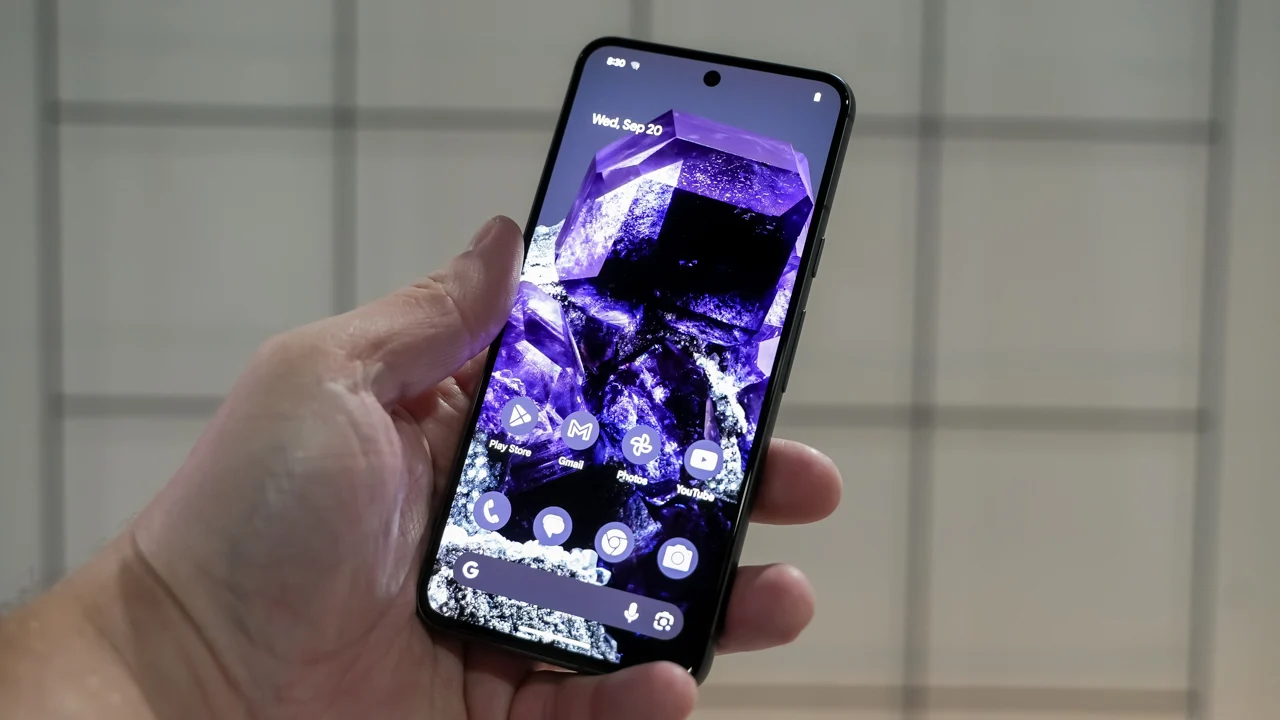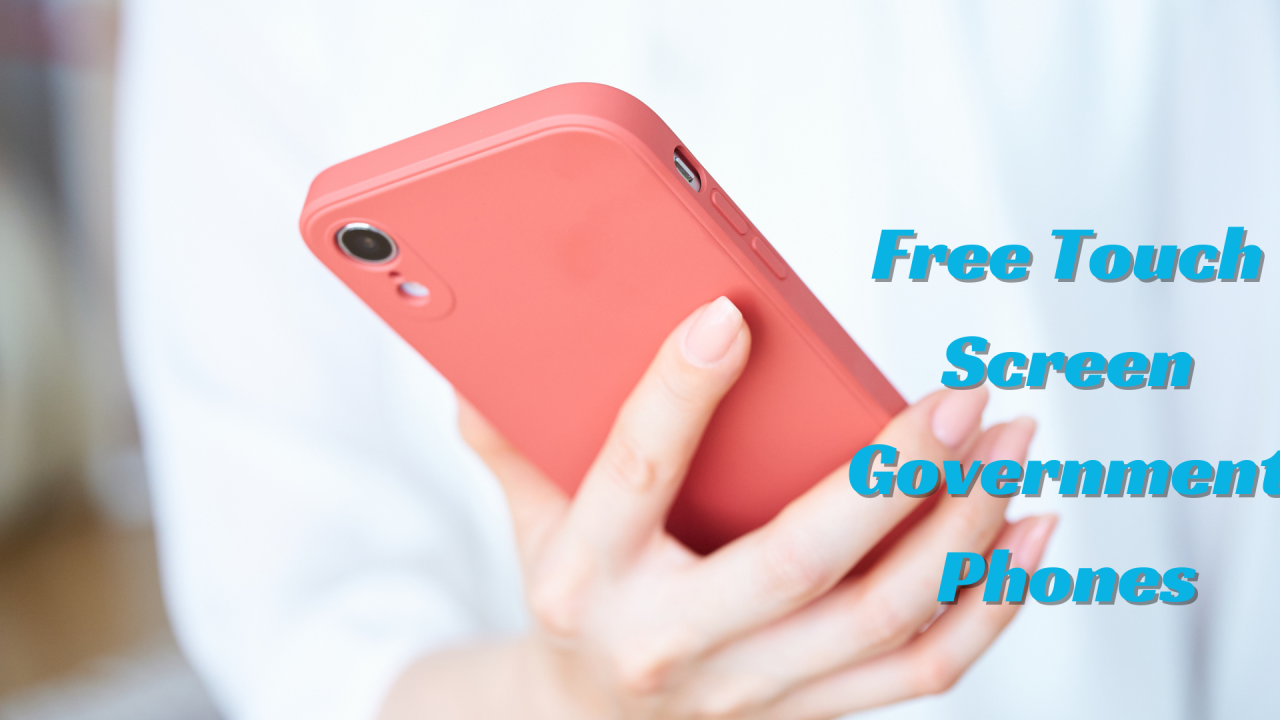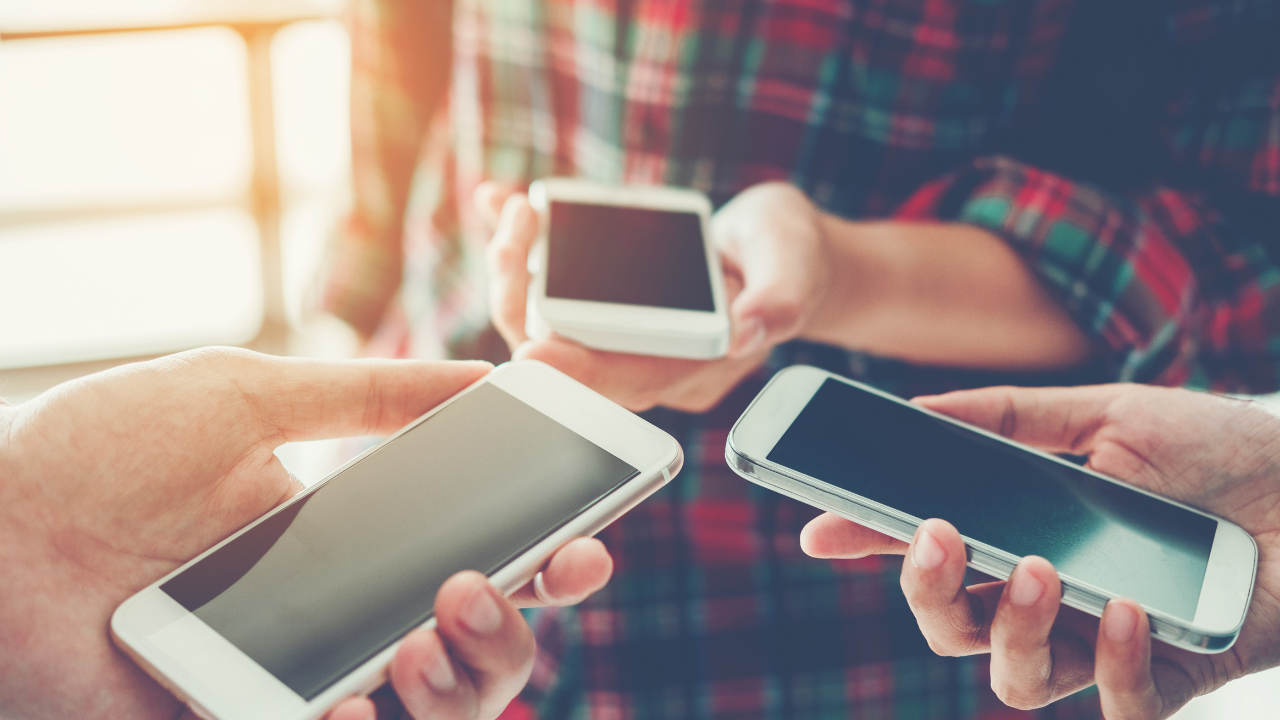Step 2: Verify Eligibility Requirements
After identifying potential programs, the next crucial step is to verify their eligibility requirements. Each program can have distinct criteria that you must meet to qualify for a free tablet, which often revolves around factors such as income levels, participation in assistance programs, student status, and residency.
Income Level
Many programs require proof of income as a primary criterion for eligibility. This proof can take the form of recent tax returns, paycheck stubs, or signed letters from employers that verify your current earnings. Generally, eligibility thresholds may depend on the Federal Poverty Guidelines, such as earning less than 135% of the poverty level for your household size. It’s essential to familiarize yourself with these guidelines as they can vary, affecting your eligibility.
Assistance Programs
Participation in government assistance programs, such as Medicaid, Supplemental Nutrition Assistance Program (SNAP), or Temporary Assistance for Needy Families (TANF), can also qualify you for free tablets. If you are currently receiving benefits from any of these programs, it can expedite your application process significantly. In such cases, you’ll need to provide verification documents or benefit letters indicating your enrollment in these programs.
Student Status
If you’re a student or have school-aged children, certain programs may require proof of enrollment in an educational institution. This could include school ID cards, enrollment letters, or transcripts. Some programs specifically target students, acknowledging their unique need for access to technology for research, assignments, and remote learning.
Residency Requirements
Some programs might ask for proof of residency, ensuring that the resources are distributed to local residents. Typical documents for validation could include utility bills, lease agreements, or property tax statements that clearly display your name and address. Ensure that all documentation is current and accurate to avoid complications in the application process.
Additional Criteria
Some programs could incorporate additional criteria, such as commitments to community service or participation in educational activities. Be sure to read the fine print carefully, as different programs may have different requirements.

Next Page
You May Also Like
-

Top 5 Programs Offering Free Cell Phones and Monthly Service in the USA
Are you a low-income individual or family struggling to find affordable cell phone services? You're not alone. In the United States, various government-backed initiatives provide free cell phones and monthly service plans to help underserved communities stay connected.
-

How to Qualify for a Free Smartphone from Your Local Provider
Now, let us take a closer look at a structured approach to identifying, applying for, and obtaining a free smartphone through these programs.
-

How to Apply for a Free Smartphone and Monthly Service
Obtaining a free smartphone and monthly service involves several crucial steps: verifying your eligibility, gathering documentation, choosing the right provider, completing the application, waiting for approval, and finally, activating your device.
Popular Blog
-

Affordable Alternatives When You Don’t Qualify for Free Government Phones in the U.S.
Don’t qualify for a free government phone like Lifeline? This article explores affordable options for staying connected. Discover prepaid plans, discounted deals, the used phone market, and how to leverage free Wi-Fi and community resources to maintain essential communication on a budget.
-

How to Get a Free Tablet from Government Programs
In this article, we’ll explore these programs, the types of tablets you can get, and the carriers currently participating in these initiatives.
-

How to Check Your Eligibility for Free Cell Phones and Services
Learn how to check your eligibility for free cell phones and services through programs like Lifeline and ACP. Discover income-based requirements, application steps, and benefits.





